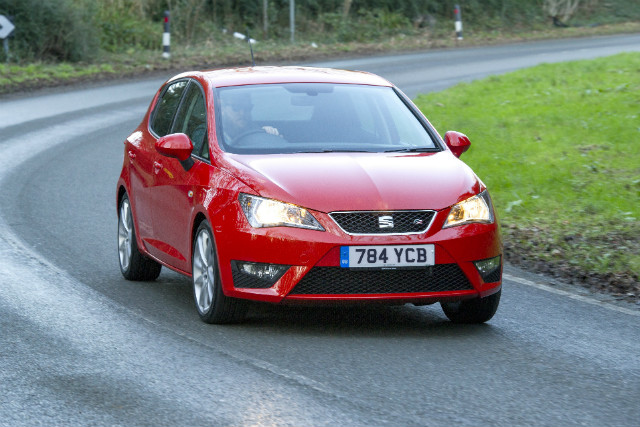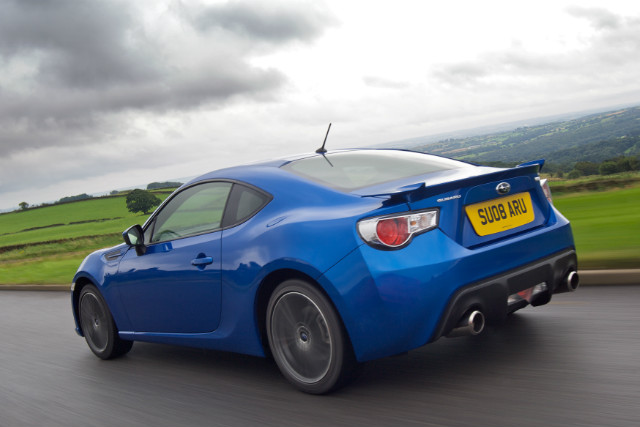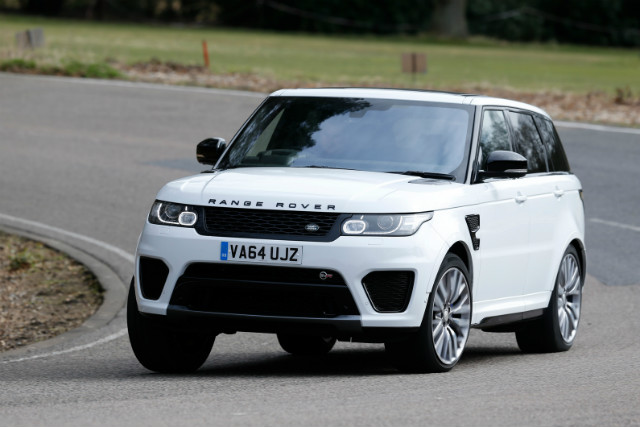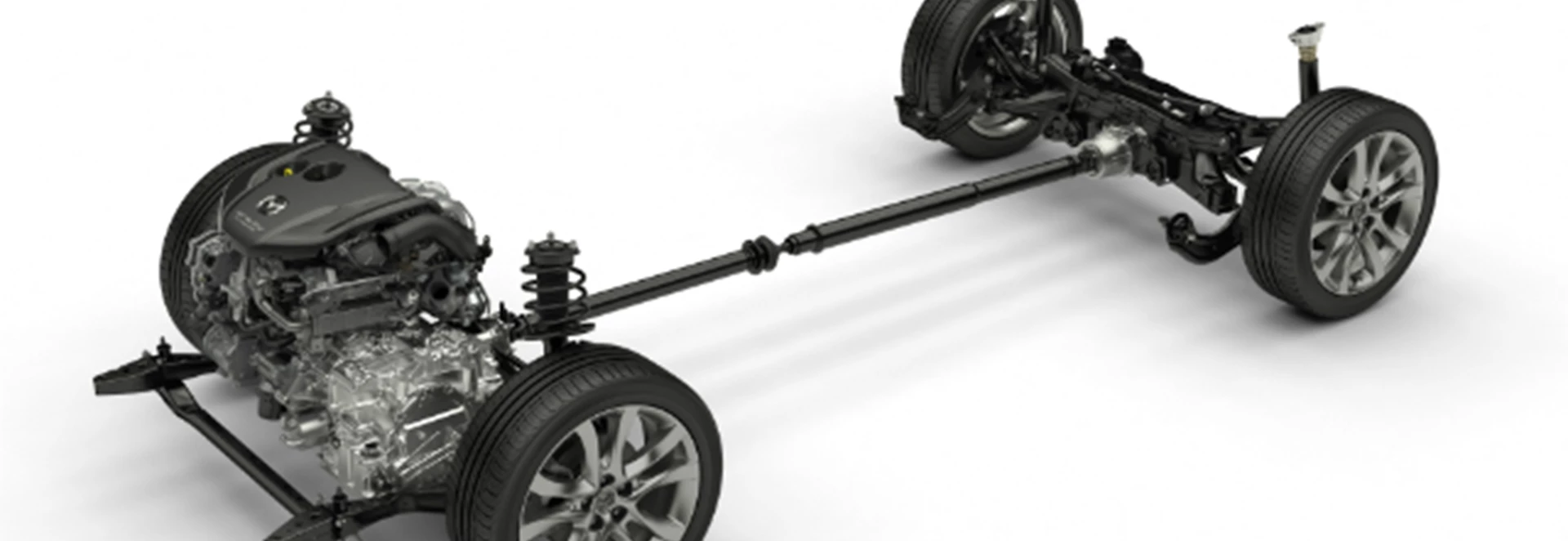When choosing your next car to buy, one important choice you make is whether the car will have front, rear or four-wheel drive. None of the options can truly be considered the superior option, but their differences make each more suited to certain driving preferences.
In this guide we explain how these different types of powertrain affect a car, what sort of cars commonly use each type and what sort of drivers are best suited to each as well.
Front-wheel drive

Front-wheel drive is by far the most common form of engine and transmission layout used in the new car market. In fact, front-wheel drive has dominated the motoring scene for more than a few decades.
Almost every single model that currently occupies the city car, supermini, hatchback, estate and MPV market sectors utilises front-wheel drive.
Front-wheel drive is so popular in the car market because it is less complex and therefore more affordable to engineer compared to rear or four-wheel drive.
Worth noting is that front-wheel drive is the best for fuel economy. It also delivers good traction, because the weight of both the engine and transmission is directly over the driven wheels.
Front-wheel drive does have certain limitations as well though, which make it less than ideal for performance cars (although many hot hatches do use it). Front-wheel drive can’t offer acceleration that’s on par with rear or four-wheel drive cars.
Cars with this set-up are also susceptible to what is known as ‘torque steer’. This is an issue that can occur with front-wheel drive cars with a substantial amount of power. Torque steer is when uneven power application to one of the front wheels causes the vehicle to pull to one side or another under heavy acceleration.
Overall though, front-wheel drive is a cost effective and efficient choice of powertrain that makes sense for car buyers concerned about costs.
Rear-wheel drive

While pretty much every front-wheel drive car in existence puts the engine at the front, there’s more variety with rear-wheel drive.
A manufacturer may put the engine of a rear-wheel drive car at the front, middle or even the rear of the car (if you go for a Porsche 911 or the latest Renault Twingo).
Rear-wheel drive offers better acceleration than front-wheel drive. Also, unlike with front-wheel drive, it is possible to achieve optimal 50 per cent front/50 per cent rear weight distribution with a rear-wheel drive car, resulting in a very well balanced and excellent handling car.
This is why the majority of sports cars, which obviously prioritise the driving experience, opt for a rear-wheel drive set-up. The executive saloons which have the best reputation for handling also tend to use rear-wheel drive.
Rear-wheel drive also has a smaller turning radius than front-wheel drive, making the former more suited to handling tight corners or U-turns.
If an entertaining driving experience (particularly on a race track) is something you want from a car, then rear-wheel drive is ideal. Like with front-wheel drive though, there are certain quirks to keep in mind with rear-wheel drive.
Rear-wheel drive often compromises cabin practicality because such a powertrain requires a driveshaft, which creates a hump in the middle of the passenger cabin where this is accommodated.
Rear-wheel drive is also less efficient than front-wheel drive and can be difficult for drivers to handle if there’s no traction control or road conditions are slippery due to the weather. As long as you’re wary and comfortable with these factors, a rear-wheel drive car can offer a lot of driving reward.
Four-wheel drive

Four-wheel drive powertrains are largely associated with SUV models, but can also be found on numerous family and executive cars, typically among the higher specifications.
There are different types of powertrain which can send power to all four wheels, some of which are more sophisticated than others. Some of the clever, modern systems are referred to by some manufacturers as all-wheel drive instead of four-wheel drive.
The main strength of four-wheel drive is that it offers better traction and grip than either front or rear-wheel drive, although it is less fuel efficient as a consequence.
Four-wheel drive is a must have if you want a car suitable for off-road driving, but even if you only plan to do on-road driving a four-wheel drive set-up can still appeal.
As well as being found on big SUVs with high ground clearances and shielded underbodies, some sports cars, performance saloons and hot hatches will also opt for a four-wheel drive set-up.
Four-wheel drive set-ups give you more control and confidence when driving through corners, especially when the conditions are wet or snowy.
However, four-wheel drive is more costly than other types of powertrain, which is why some models only offer it with the most expensive specifications.
Some drivers may also prefer the characteristics of a rear-wheel drive car, such as it being easier to slide through turns, making this set-up more fun particularly on a race track.
It’s a matter of preference though and if you can avoid a car with four-wheel drive then it is a safe, versatile and dependable choice.




